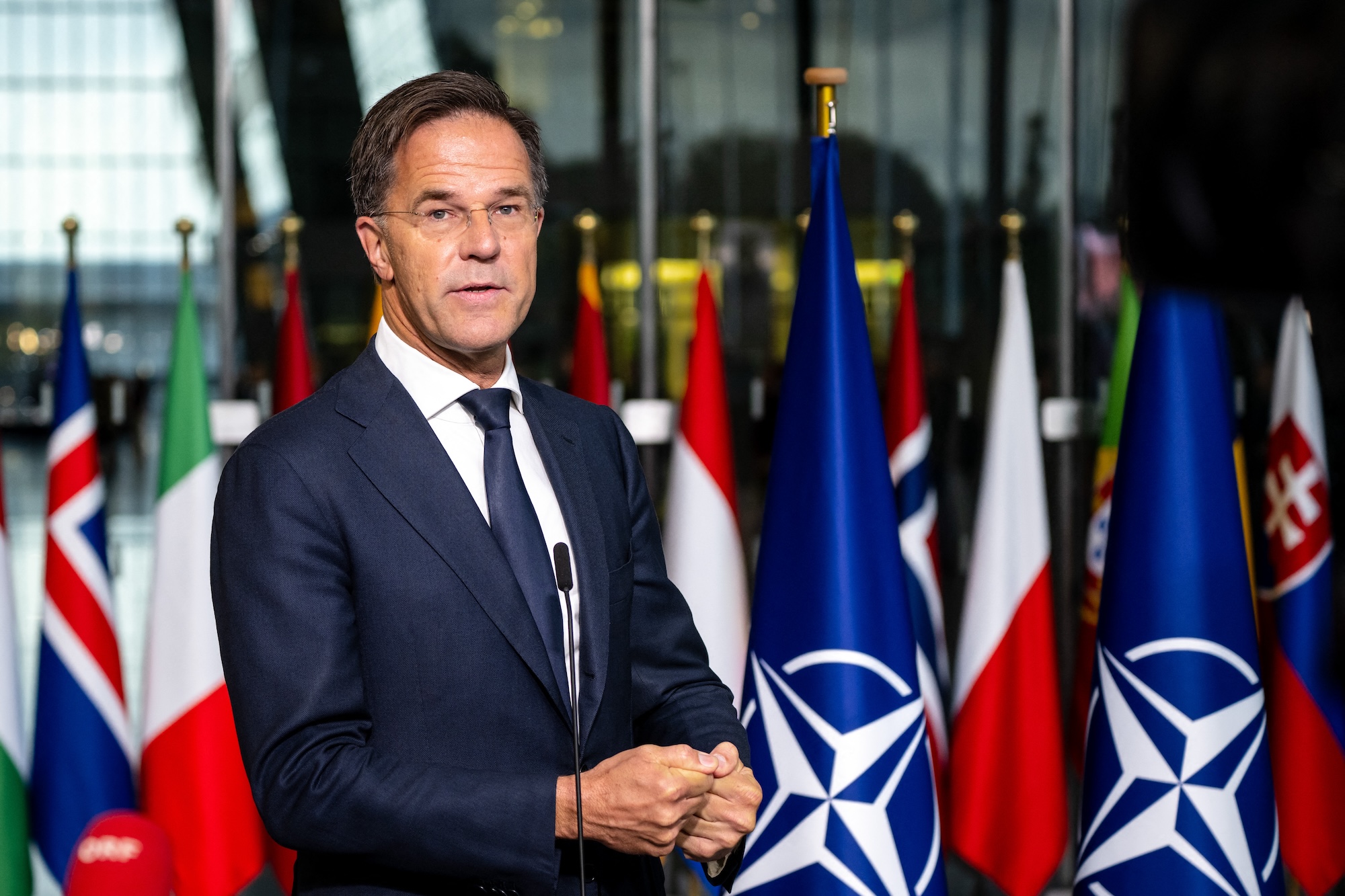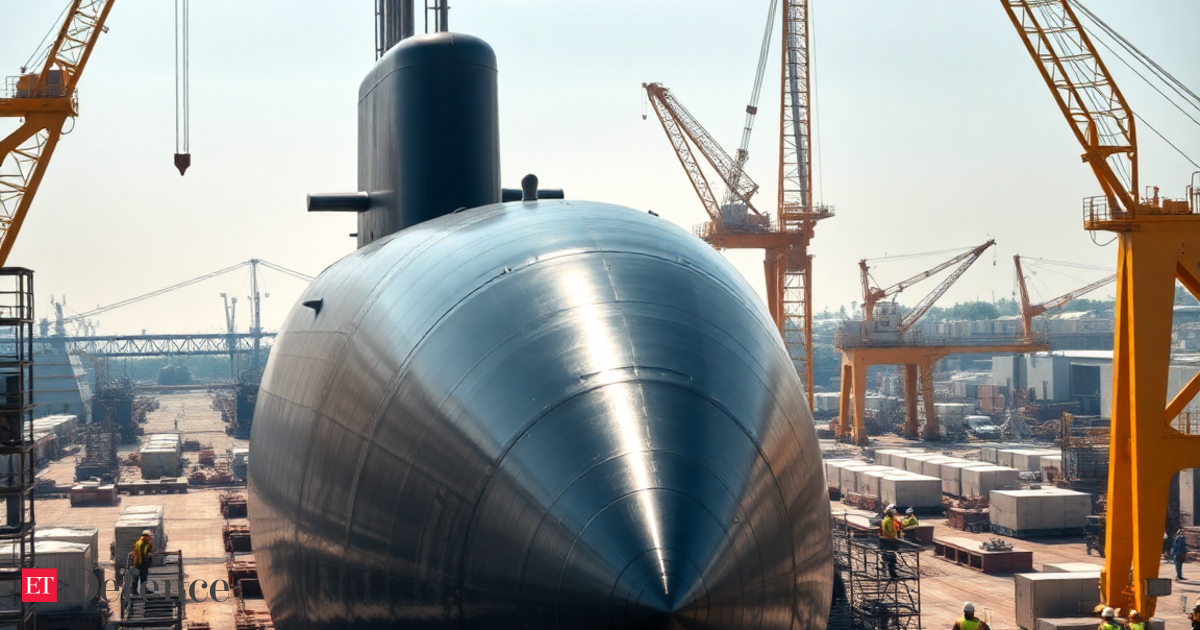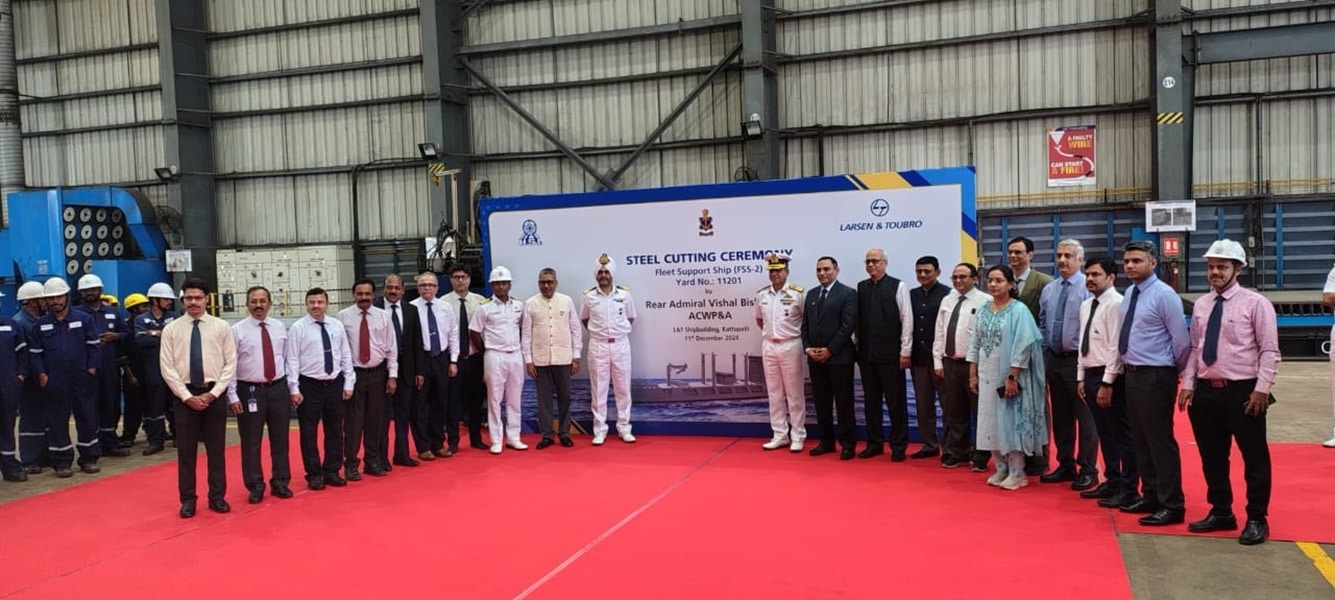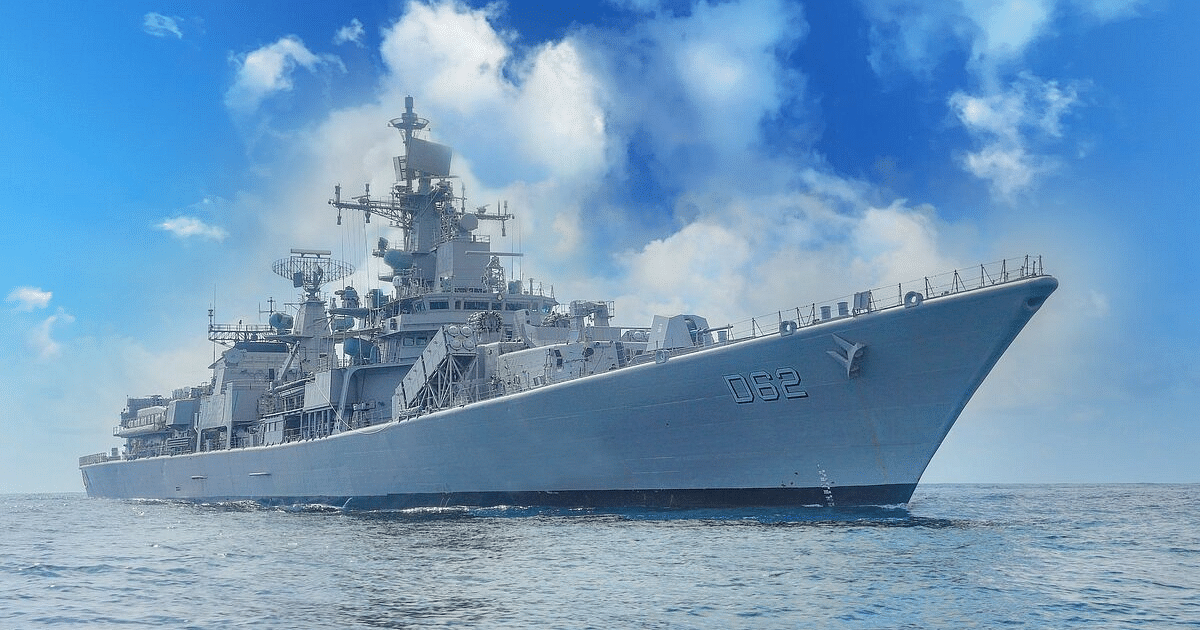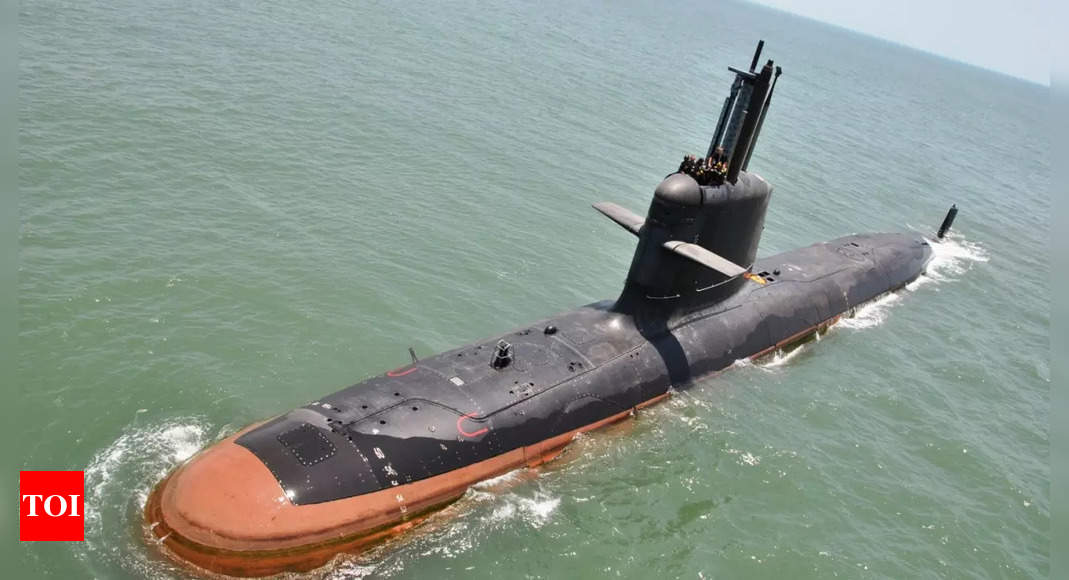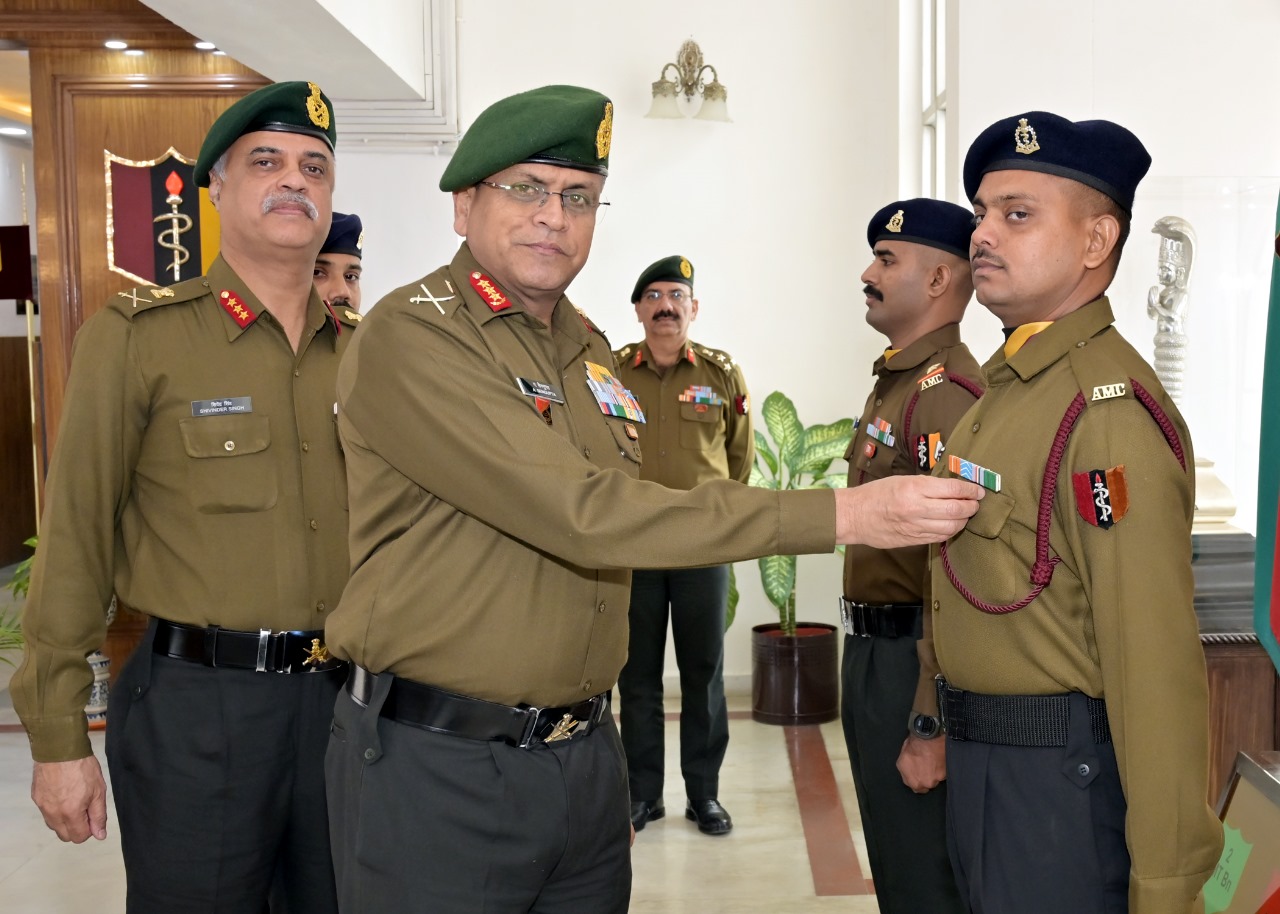NATO Chief Warns of Urgent Need to ‘Turbo-Charge’ Defense Spending Amid Rising Threats from Russia
In a decisive address delivered in Brussels, NATO Secretary-General Mark Rutte underscored the urgent need for European countries to significantly…
India’s $6 Billion Submarine Project Stalled Amid Contractor Complaints
India's ambitious $6 billion initiative to construct six new submarines is facing significant delays due to procedural complaints from contractors.…
Indian Navy Begins Construction of Second Fleet Support Ship at L&T Shipyard
The Indian Navy marked a significant milestone in its naval capabilities with the ‘Steel Cutting’ ceremony for the second of…
Germany’s TKMS Sees India as Potential Global Hub for Submarine and Warship Production
In a significant move to tap into India’s potential as a center for maritime defense production, Thyssenkrupp Marine Systems (TKMS),…
TKMS Aims to Build Submarines for Indian Navy, Proposes Warship Construction Hub
Thyssenkrupp Marine Systems (TKMS), a leading maritime firm in Germany, is actively vying for a significant contract to construct six…
Lt General Anindya Sengupta Reviews Preparedness at AMC Centre and College Lucknow
Lt Gen Anindya Sengupta, General Officer Commanding-in-Chief (GOC-in-C) of Central Command, visited the Army Medical Corps (AMC) Centre and College,…

